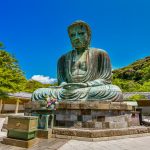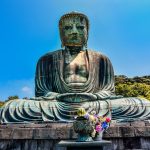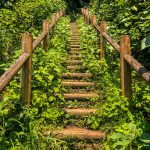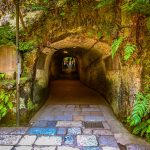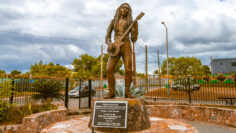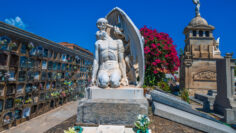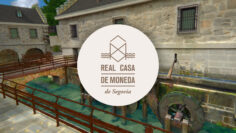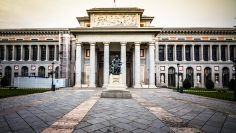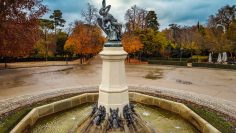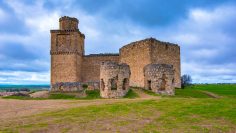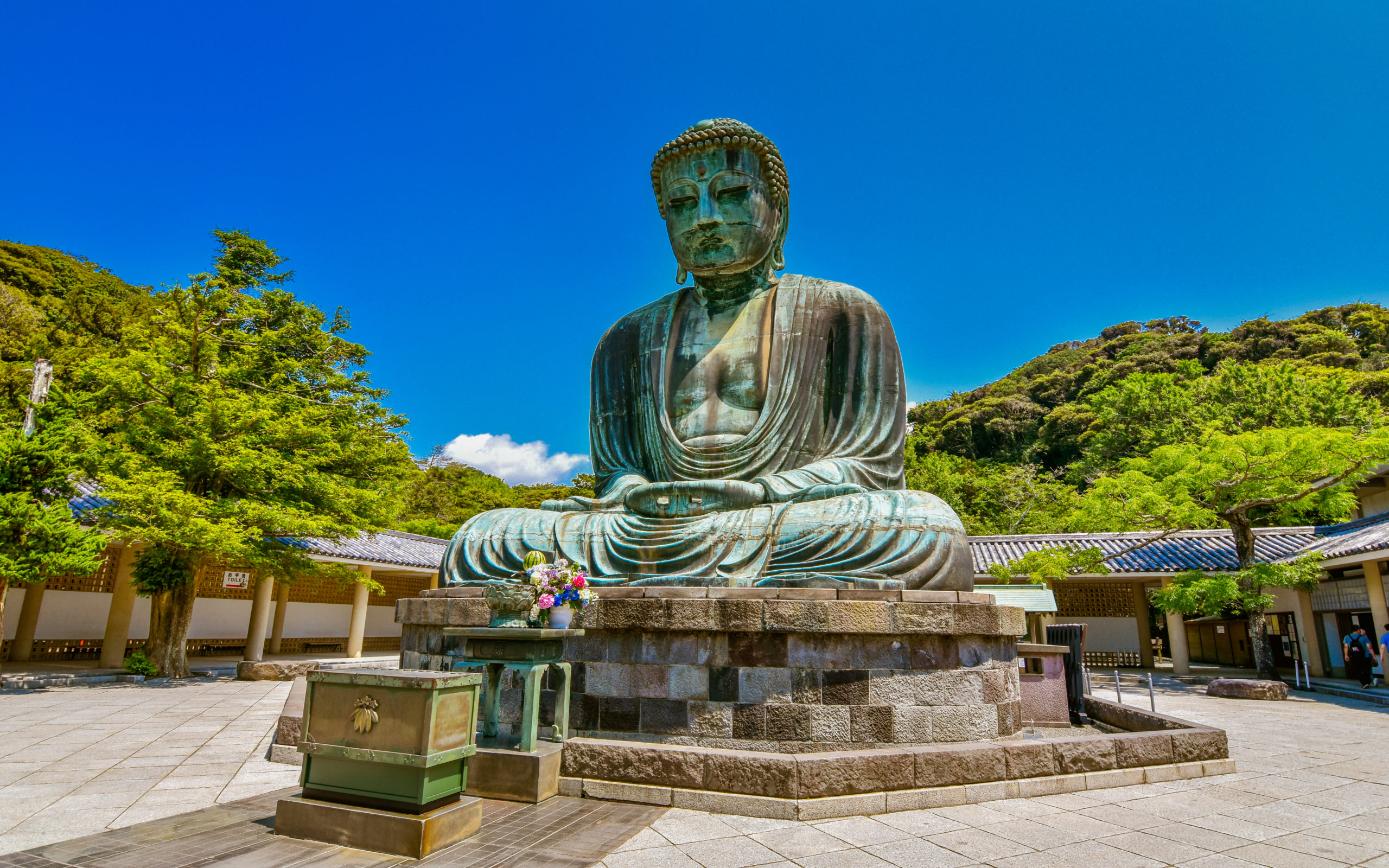
Shooting The Great Buddha of Kamakura
The Great Buddha of Kamakura is a copper statue over 750 years old located at the Kotoku-in Temple in Kamakura, Japan. It stands over 13 meters tall (37 ft) and weights over over 100 tons and is based on Amitābha, one of the most famous Japanese icons. Artistically in a class of its own, it was originally covered in gold and there are still traces of gold leaves at its ears.
Constructed in 1252 at the height of the power of the Hojo clan, it replaced a giant wooden Buddha that was created in 1243 and was damaged by a storm. It was originally housed in a ceremonial hall that was damaged by two storms in 1334 and 1369 and then washed away in a tsunami in the 1498 Meiō Nankaidō earthquake. Since then has stood in the open air for all to see and it is now a Japanese national treasure.
A notice at the entrance to the grounds reads, “Stranger, whosoever thou art and whatsoever be thy creed, when thou enterest this sanctuary remember thou treadest upon ground hallowed by the worship of ages. This is the Temple of Buddha and the gate of the eternal, and should therefore be entered with reverence.”
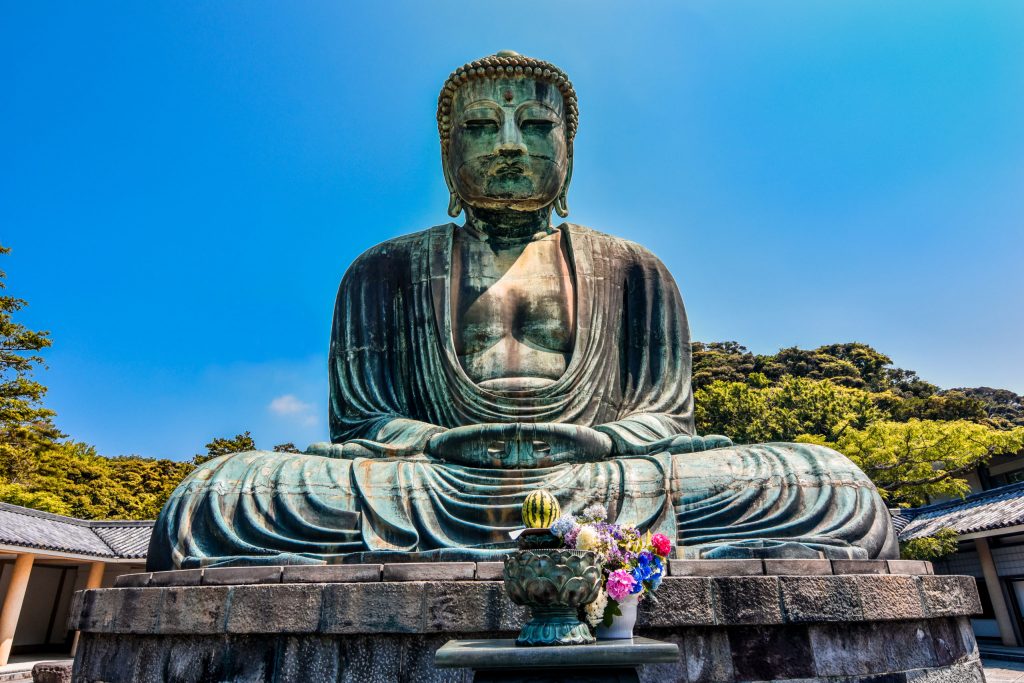
The Shoot
When I saw this amazing statue of Buddha I was both taken aback and blown away at the same time. I was not aware of its amazing history, however it size and grace were stunning and there is nothing like seeing it in person. I arrived early at the opening of the temple and was able to absorb its strength and power before the thousands of tourists that visit it daily started to arrive.
It was a slightly overcast day, so I started shooting immediately, I had just received a Topeka fisheye lens that allowed me to capture the full statue from close up in almost all my shots. I started with a circular path around the statue in order to capture it from all angles, and then shot the individual sculptures, urns and the altar in front of the buddha once I was finished.
I then shot the base of the statue from up close in order to capture the detail that one would see when actually visiting the magnificent monument. The sun had started to rise, and people were pouring in, so this slowed me down significantly, as I had to wait for people to walk out of my field of view when shooting. By noon I had over 550 photos and it was too crowded to continue shooting.
In Japan it is common for large groups of school children to visit cultural sites, based on the traditions of shichi-go-san and Miyamairi(“shrine visit”) – a Shinto rite of passage for newborns. I often saw groups of over a hundred students at some of the shrines I visited. It shows how history and culture matters to families in Japan, which I find fascinating!
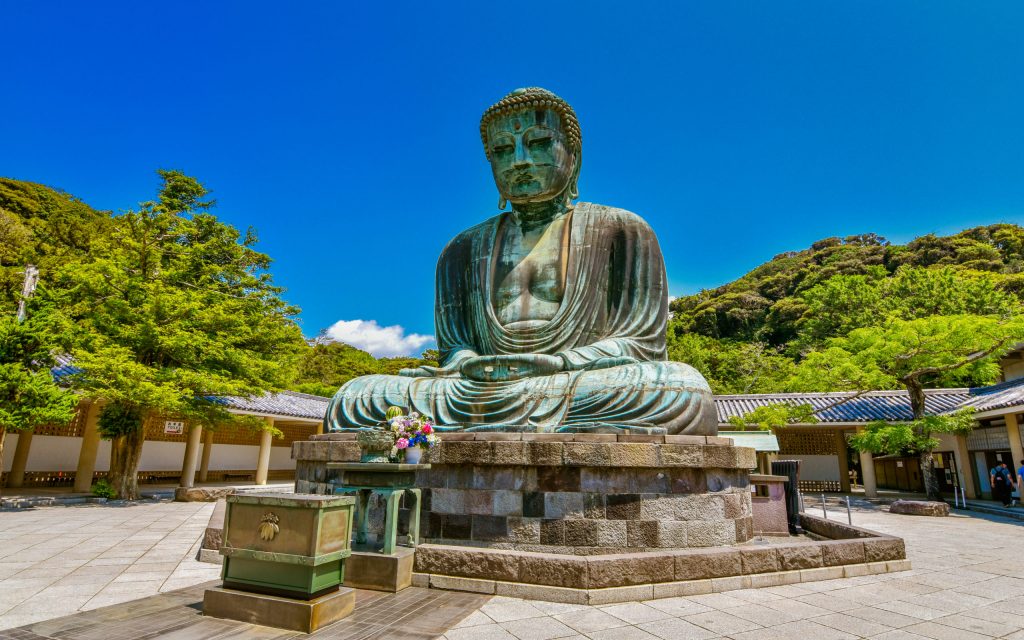
Day Finale
After I finished shooting, I realized that my work would not be complete without capturing the statue from above. Drone usage is legal in Japan, as long as you abide by the laws of air traffic and proximity to airports, however most temples and shrines won’t allow you to shoot as they see it as an invasion of privacy. Not that 10,000 visiting tourists a day are an invasion of privacy…
So I left the property and went to a narrow walkway behind the shrine and launched my drone from there. It was a new collapsible Parrot Anafi with a 21mp camera, so it is very small and hard to see. This was my first drone shoot in Japan, so I was very nervous and was only able to shoot a single 360-circular path around the top of the head of the Buddha from around 30 meters, which resulted in 36 photos. But they were a priceless 36 photos as the resulting virtual creation was amazing!
When the drone was about to land, I had to grab it out of the air as a security guard from the temple tracked it in the air and chased after it – and very rudely told me to delete all the photos or he would call the police. The ensuing dash and chase left me pretty lost in a small housing district near to the shrine, where I waited for an hour before leaving, and heading into the Kamakura countryside for more adventure.

